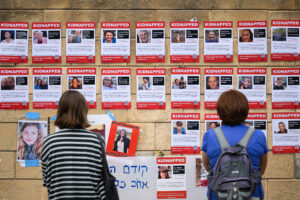This journey through Israel sponsored fully by the ReneAddo Foundation, reveals a resilient, proud nation deeply connected to its land and people.
The Holy Land, or the Land of the Bible, greeted us with a bright, sunny morning in Tiberias, lifting the nerves from our arrival.
The tensions between Israel and its neighbors felt distant in this picturesque region.
Israel, spanning 22,145 sq. km (8,630 sq. miles), is about ten times smaller than Ghana but is densely populated, with a current population of 9.3 million.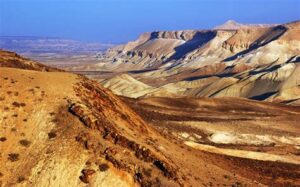 This contrasts sharply with Ghana’s 34.7 million people over a much larger area.
This contrasts sharply with Ghana’s 34.7 million people over a much larger area.
The landscape is striking, with high mountain summits interspersed with dry lands.
Fertile plains and deserts coexist, often just minutes apart. Technology has revolutionized Israeli agriculture, turning arid lands into productive farms.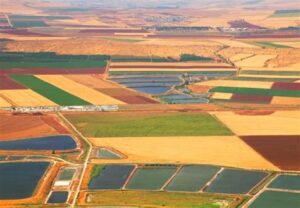 Israel is now a net exporter of various farm produce, from dates and oranges to vegetables, despite challenging conditions.
Israel is now a net exporter of various farm produce, from dates and oranges to vegetables, despite challenging conditions.
Unfarmable lands are repurposed for residential and commercial construction.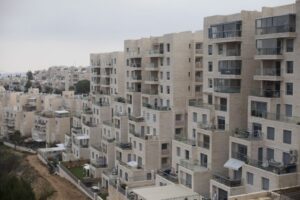 The buildings, especially in Jerusalem, are a uniform cream or off-white, reflecting the need to combat high temperatures and the ordinance requiring the use of local Jerusalem stone.
The buildings, especially in Jerusalem, are a uniform cream or off-white, reflecting the need to combat high temperatures and the ordinance requiring the use of local Jerusalem stone.
One constant was the wailing of sirens, a reminder of the region’s volatility. 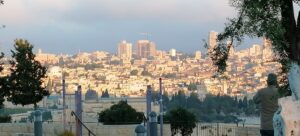 Yet, Israelis remain hospitable, conversing in Hebrew, their native language.
Yet, Israelis remain hospitable, conversing in Hebrew, their native language.
The cuisine is diverse, with iconic dishes like Hummus, Falafel, and Shawarma, though less spicy than Ghanaian fare.
Dining experiences often featured male servers, reflecting cultural norms where women manage the home while men work.
Despite current hardships, the Israeli spirit is unwavering.
